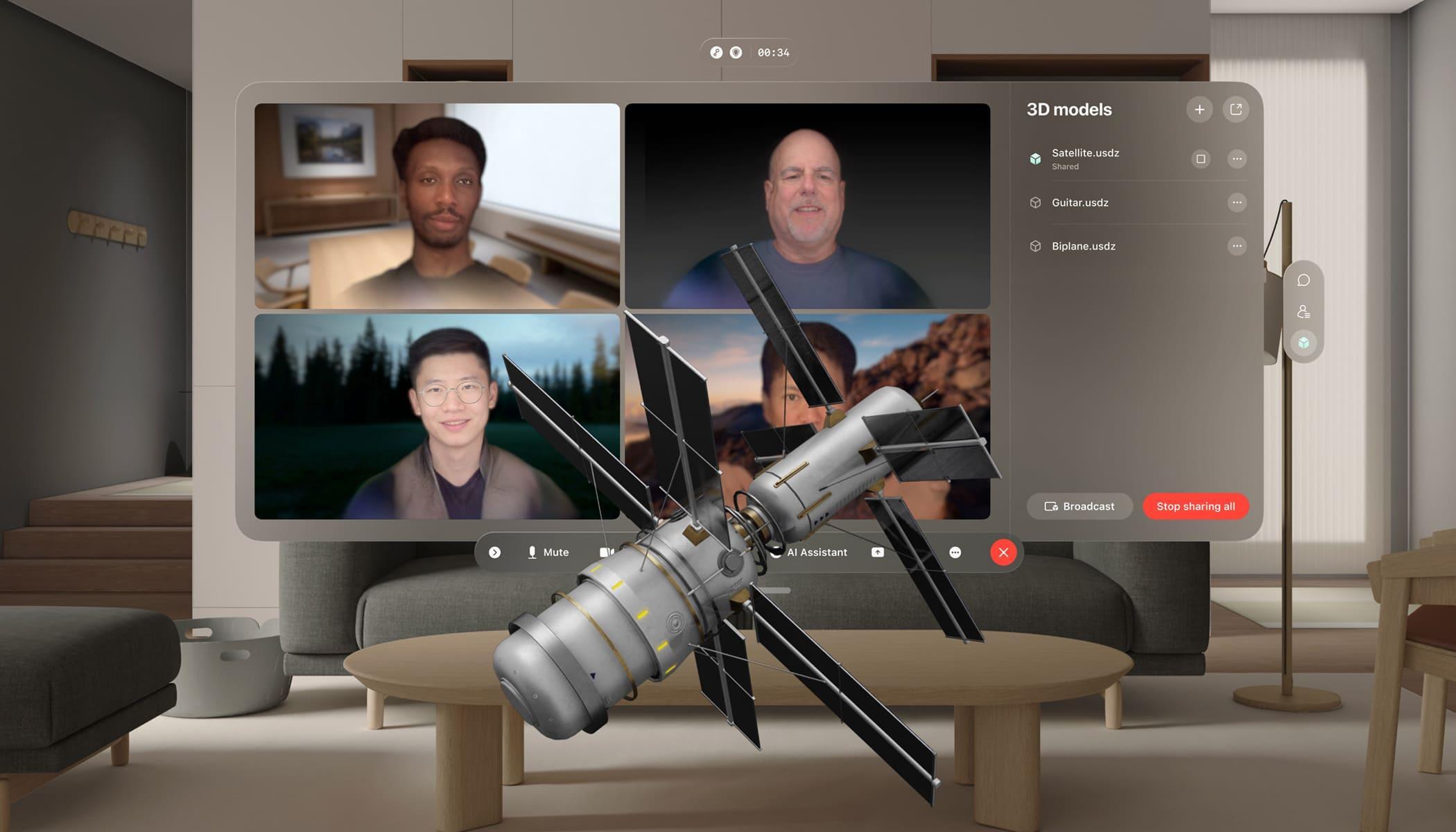Recent Posts

CoCreate Cloud: Your Unified Space for Shapr3D Collaboration
Approaches to 3D Collaboration
-
Traditional File-Based Sharing
Relying on shared network drives or email attachments for distributing Shapr3D models. This method often leads to fragmented version control, manual tracking, and significant delays due to file size and compatibility.
-
Dedicated Collaboration Software
Utilizing specialized platforms for project management and asset sharing within design workflows. These solutions can require complex setups, specific client installations, and steep learning curves.
-
Integrated Cloud Platforms
A unified, browser-based environment, like CoCreate Cloud, where 3D models are securely stored, viewed, and collaborated on in real-time. This simplifies workflows, centralizes data access, and enables seamless interaction.
Key Evaluation Criteria
-
Accessibility & Ease of Use
How readily users access models and tools, focusing on interface simplicity and the learning curve for all stakeholders.
-
Version Control & Data Integrity
Robustness of mechanisms for managing model iterations, preventing data loss, and ensuring a single, authoritative source of truth.
-
Real-time Collaboration Capabilities
Evaluate simultaneous viewing, annotation, and discussion of 3D models, facilitating immediate feedback and synchronized decisions.
-
Integration with Existing Workflows
Seamlessness of fitting into current design, engineering, and review processes, minimizing disruption and supporting diverse file formats.
Comparative Analysis of Collaboration Approaches
For Accessibility & Ease of Use, traditional file sharing requires specific software, hindering external access. Dedicated software, while better, often demands client-side applications. Integrated cloud platforms truly excel with browser-based access, allowing anyone with a link to view and interact instantly, lowering the barrier for all stakeholders.
Regarding Version Control & Data Integrity, traditional methods are weak. Manual tracking risks errors, conflicting versions, and data loss. Dedicated software offers improved versioning, but data can be fragmented. Integrated cloud platforms provide superior solutions with automated version history, a single source of truth, and robust mechanisms to prevent data corruption and ensure reliability. 
For Real-time Collaboration Capabilities, traditional approaches offer none; feedback is asynchronous. Dedicated tools may provide markups, but true simultaneous interaction is limited. Integrated cloud platforms are built for real-time engagement, allowing multiple users to simultaneously view, annotate, and discuss Shapr3D models in a shared virtual space, fostering immediate feedback and accelerating decisions.
Assessing Integration with Existing Workflows, traditional file sharing is disruptive, demanding manual transfers and conversions. Dedicated software can integrate, but often requires complex API setups. Integrated cloud platforms are designed for seamless integration, supporting diverse file formats and providing open APIs, facilitating automation into existing design and production ecosystems.
The overall efficiency implications are substantial. Traditional methods, despite appearing "low-cost", incur significant hidden expenses from rework and delays. Dedicated software requires investment but delivers efficiency gains. Integrated cloud platforms, such as CoCreate Cloud, streamline communication, reduce manual tasks, and accelerate review cycles, contributing significantly to operational efficiency and faster project completion.
Strategic Recommendations for 3D Collaboration
For small, infrequent 3D projects involving limited internal stakeholders, traditional file sharing might seem adequate. Yet, version conflicts and delays can quickly outweigh simplicity. A lightweight, integrated cloud solution, like CoCreate Cloud, can proactively mitigate these issues, offering a more streamlined approach without significant overhead, enhancing clarity from the outset.
When dealing with complex projects and established toolsets, where significant investments in specific CAD or PLM systems already exist, dedicated collaboration software might appear to fit. The key is ensuring true integration, not creating new data silos. Evaluate how seamlessly the new tool communicates with your existing ecosystem to avoid adding complexity and ensure cohesive workflows.
For dynamic, multi-stakeholder environments involving diverse internal teams, external partners, and frequent design iterations, an integrated cloud platform offers unparalleled advantages. Solutions like CoCreate Cloud provide a centralized, secure space where everyone works from the latest data, fostering real-time collaboration and accelerating review cycles, critical for maintaining project velocity.
Ultimately, for any organization committed to enhancing efficiency, reducing errors, and fostering innovation in 3D design, moving towards a unified cloud-based approach is a strategic imperative. It scales effortlessly with project needs, adapts to evolving requirements, and future-proofs your collaboration infrastructure.
Comments (0)